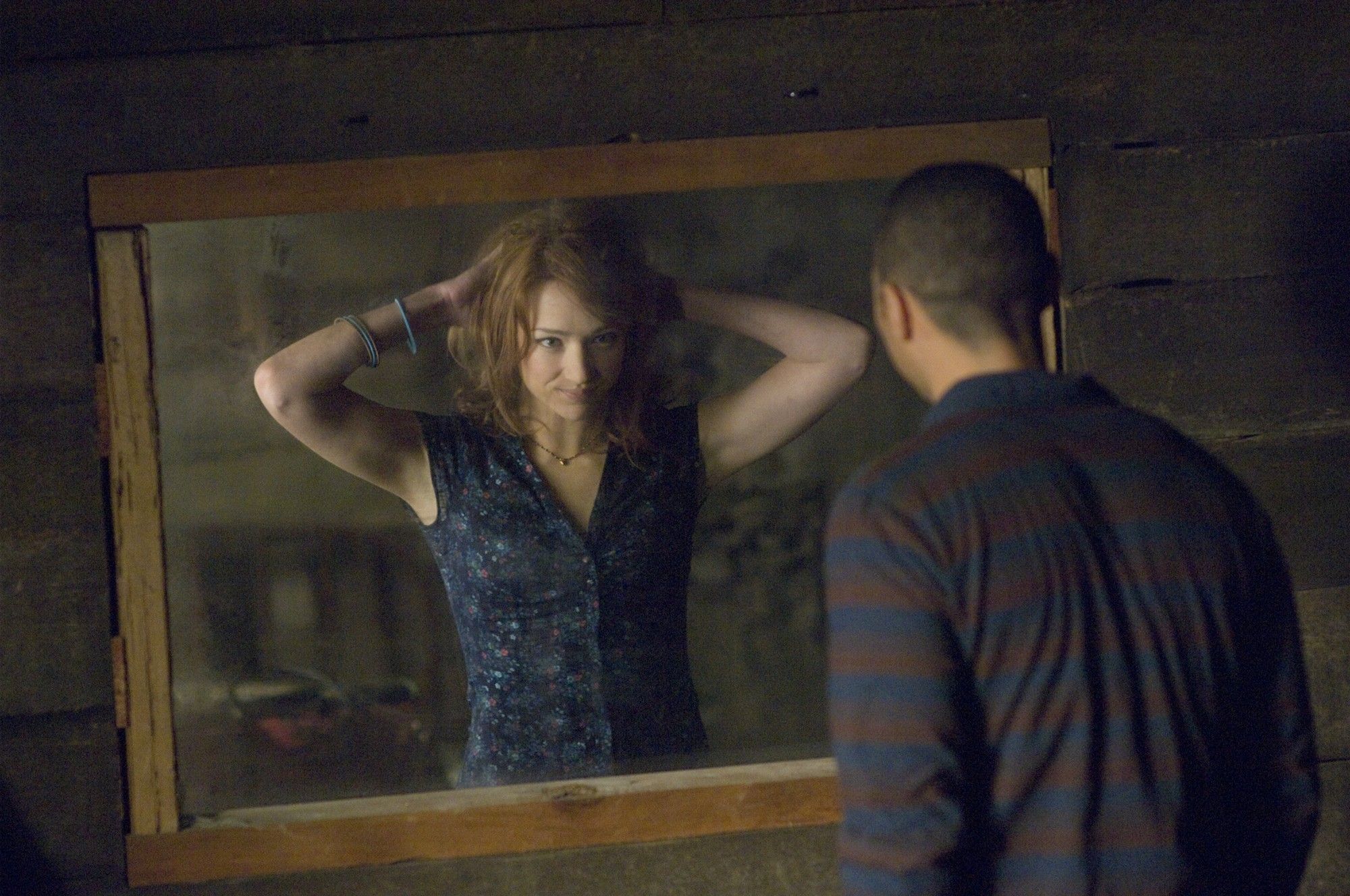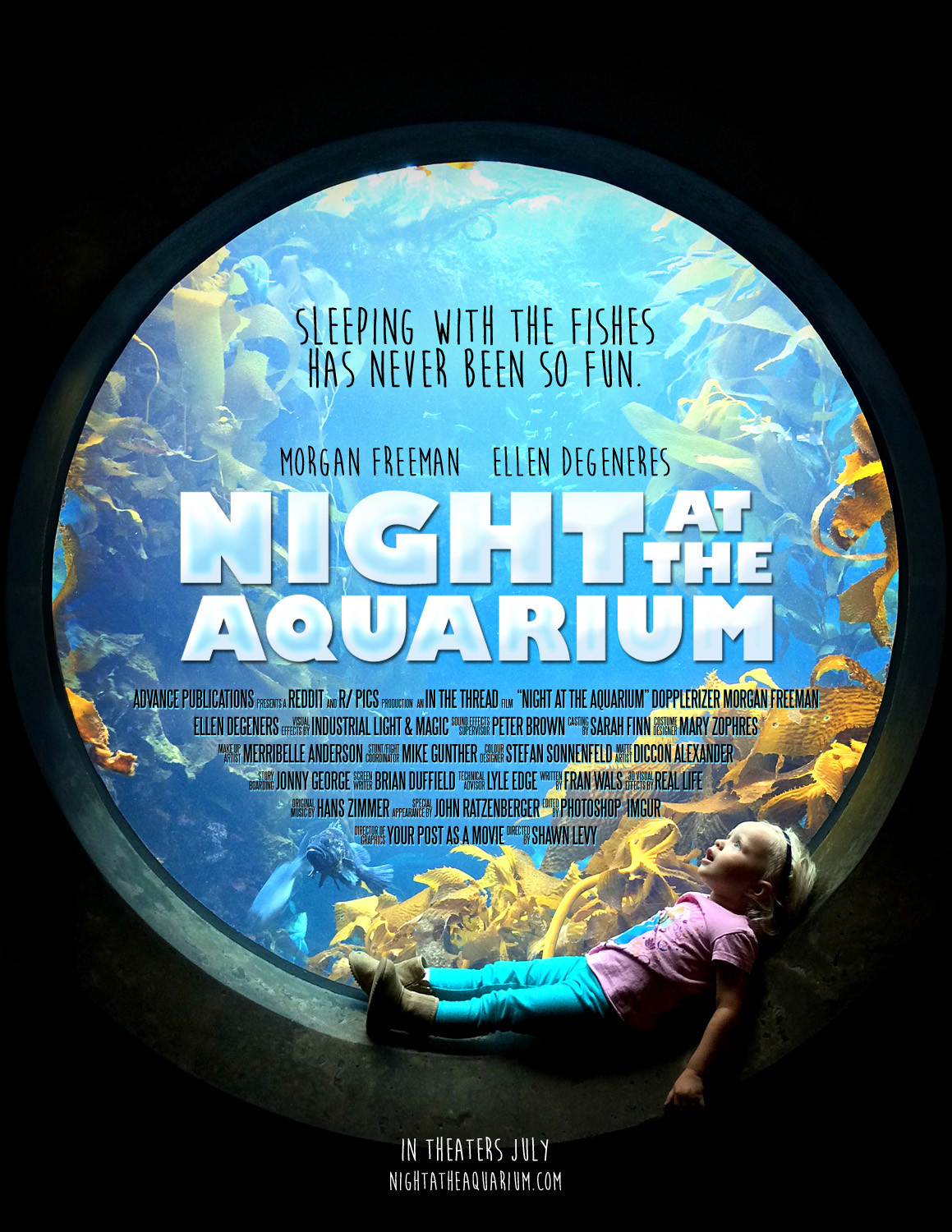Shrek
In case you’ve forgotten the movie use this Wiki Link.
Many people use Todorov’s theory to explain most movie plots. This is the narrative structure. Remember that you also need to know how each stage was made. What camera angles, movements, lighting, cultural codes etc. told this story?
The theory itself contains the following 5 stages:
Stage one: Equilibrium.
Stage two: Disruption(also known as Disequilibrium)
Stage three: Realisation.
Stage four: Attempt to repair (Also known as Action)
Stage five: New Equilibrium
Equilibrium
Shrek is chilling, maxing relaxing all cool, shooting some B-Ball outside of his swamp.
This is the Equilibrium, How the world is prior to the earth shattering event that drives the narrative forward. In the film you literally see him just chilling. having a good time and enjoying his life as it is right?
Disruption / Disequilibrium
When a couple of guys, who were up to no good, started making trouble in his swamp.
In the film we see King Farquaad the small, but mighty overlord had kicked all of the fairytale creatures from the land and they end up in Shrek’s front yard. This is the Dis-equilibrium, something that changes the normal life (Equilibrium) that the story used to have. Note that that this is prior to Shrek actually waking up and finding out about it, that comes next!
Realisation
He got in one little fight….
So here we have the Realisation, Shrek wakes up and is, understandably, concerned about the sudden cramped living conditions that he finds himself in.
Attempt to repair / Action
And his mom got scared…
So Shrek runs off to find the king, gets told that he has to go rescue a wild, crazy, clearly fun loving princess and bring her back to him. Shrek does all this running off, questing, slaying beasts and getting helmet hair, all in an attempt to change things back to the way they were. You all know the story, and what happens so lets jump into the last stage.
New Equilibrium
She said, You’re moving with your aunty and uncle in Bel Air.
Shrek does stuff. This is the new equilibrium, The world is not back to the way it was originally, – it’s not even close, but it’s a new equilibrium, at the end of the day, Shrek wins, he gets the girl, gets the castle and gets lucky.
Now try out the theory. Use the five stages to explain any film you can think of. Does it work for that film?
Your film title?
Stage one: Equilibrium.
Stage two: Disruption(also known as Disequilibrium)
Stage three: Realisation.
Stage four: Attempt to repair (Also known as Action)
Stage five: New Equilibrium





